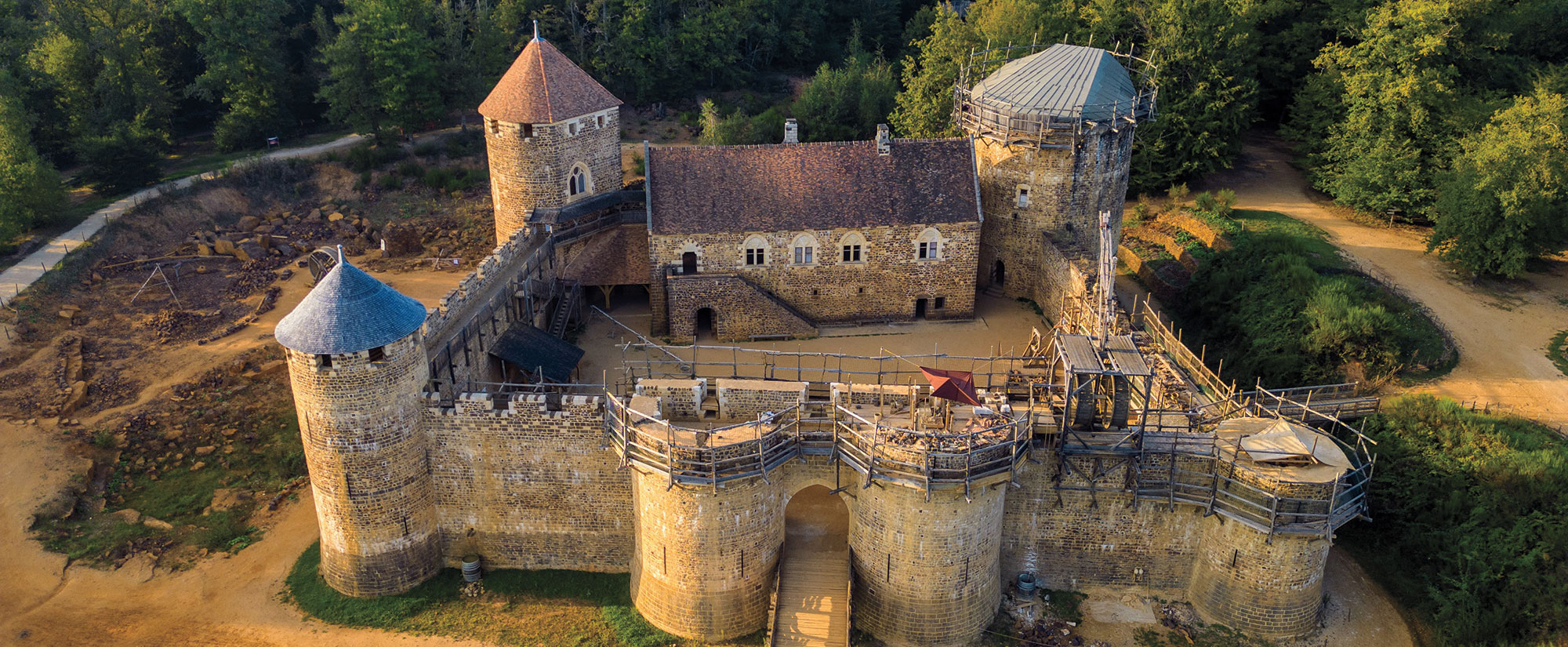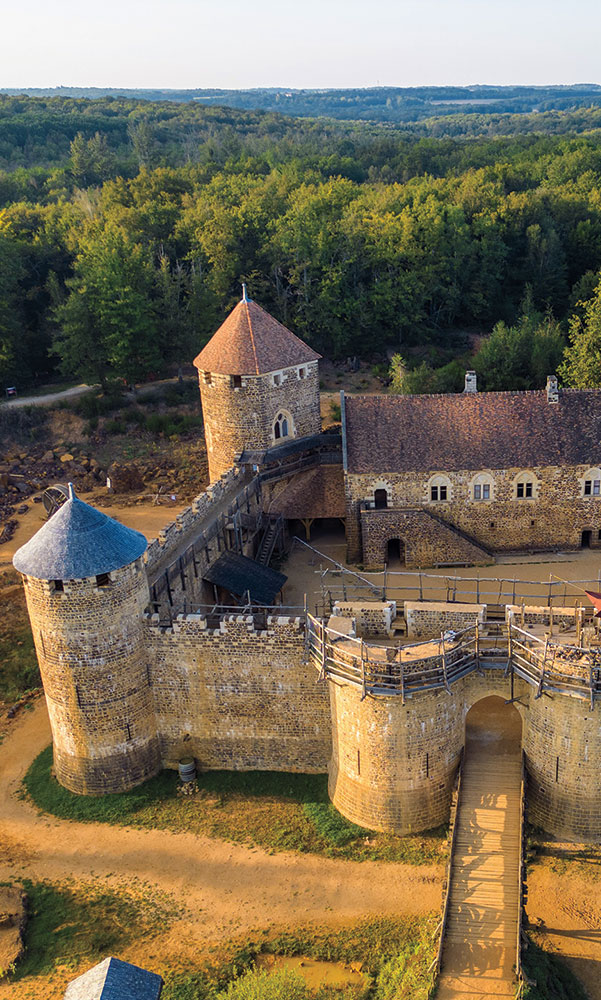DERRYGONNELLY, NORTHERN IRELAND—BBC News reports that Eileen Murphy of Queens University Belfast, her colleagues, and more than 200 volunteers working through the Community Archaeology Program Northern Ireland uncovered 8,000-year-old artifacts while looking for remains of a 400-year-old castle in County Fermanagh. They found microliths and a core, or piece of stone used to make the tiny tools. “It’s a lovely, flat plateau right beside the River Sillies, and it would have been a really rich source of fish and waterbirds and an ideal place for hunter-gatherers to live,” Murphy said. Team members also uncovered evidence of a Bronze Age house that they were able to date with 4,000-year-old pottery recovered from the bottom of a posthole. To read about a source of food in Mesolithic Ireland, go to "Catching a Ride from Ireland."
Mesolithic Tools Found in Northern Ireland
News October 24, 2025
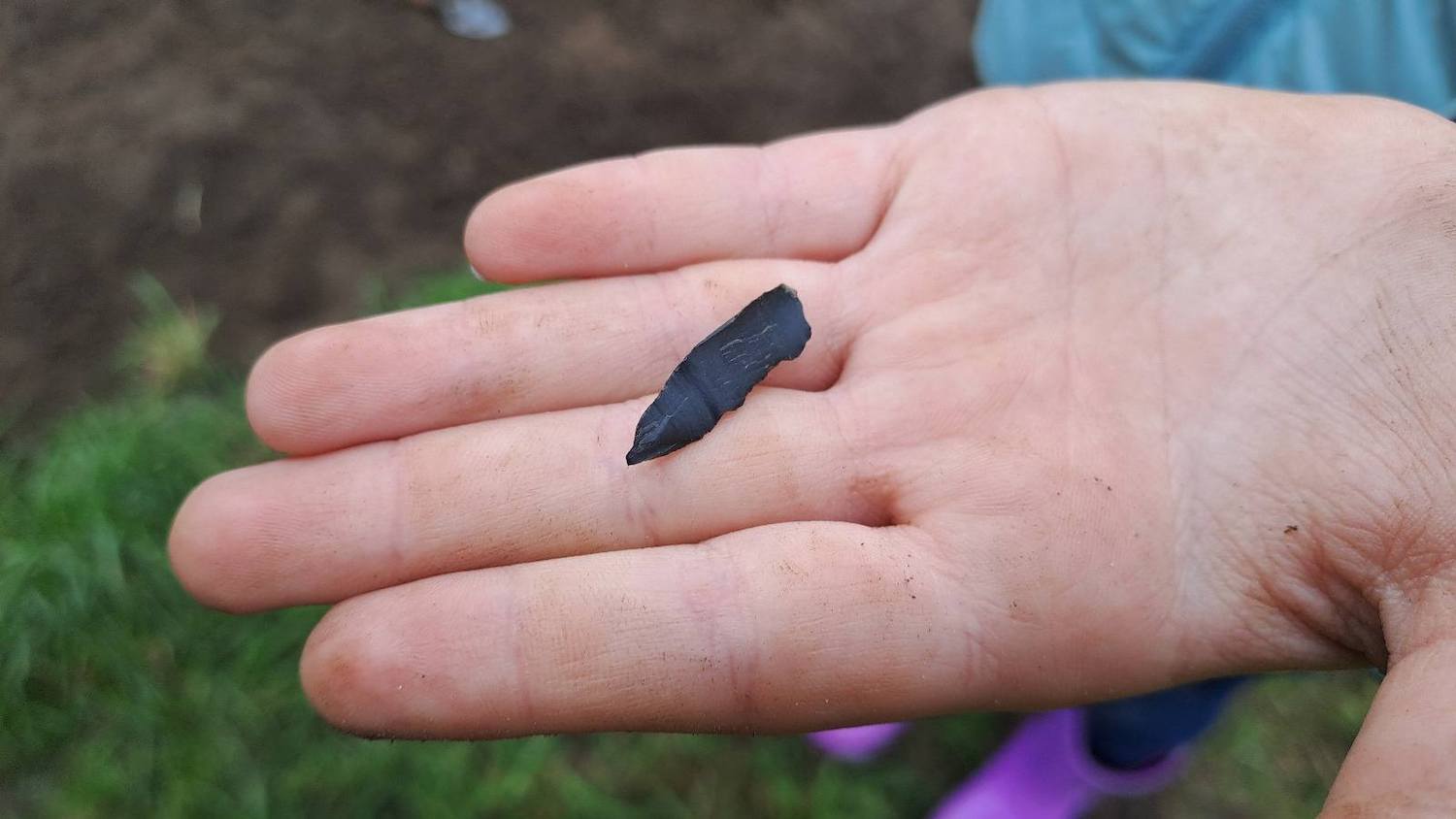
Recommended Articles
Top 10 Discoveries of 2024 January/February 2025
Reindeer Hunters’ Wall
Bay of Mecklenburg, Baltic Sea
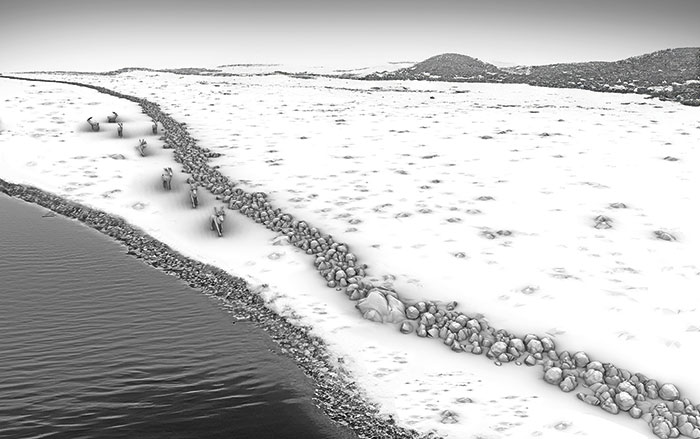
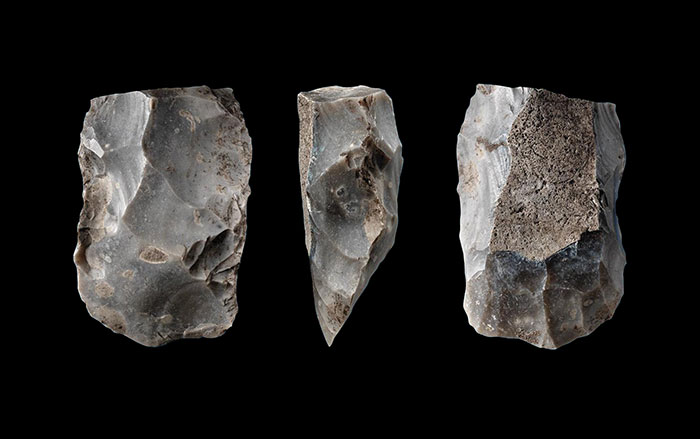
Artifacts March/April 2024
Mesolithic Baskets
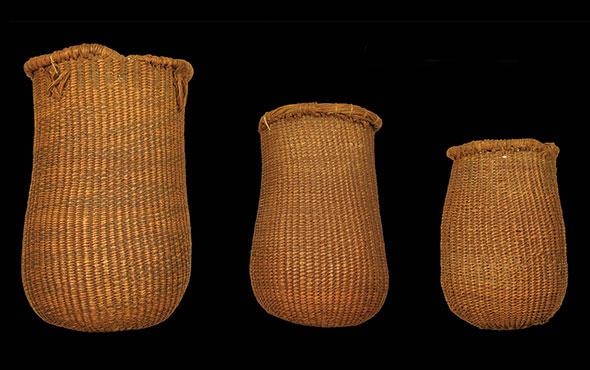
Digs & Discoveries January/February 2023
Farmers and Foragers
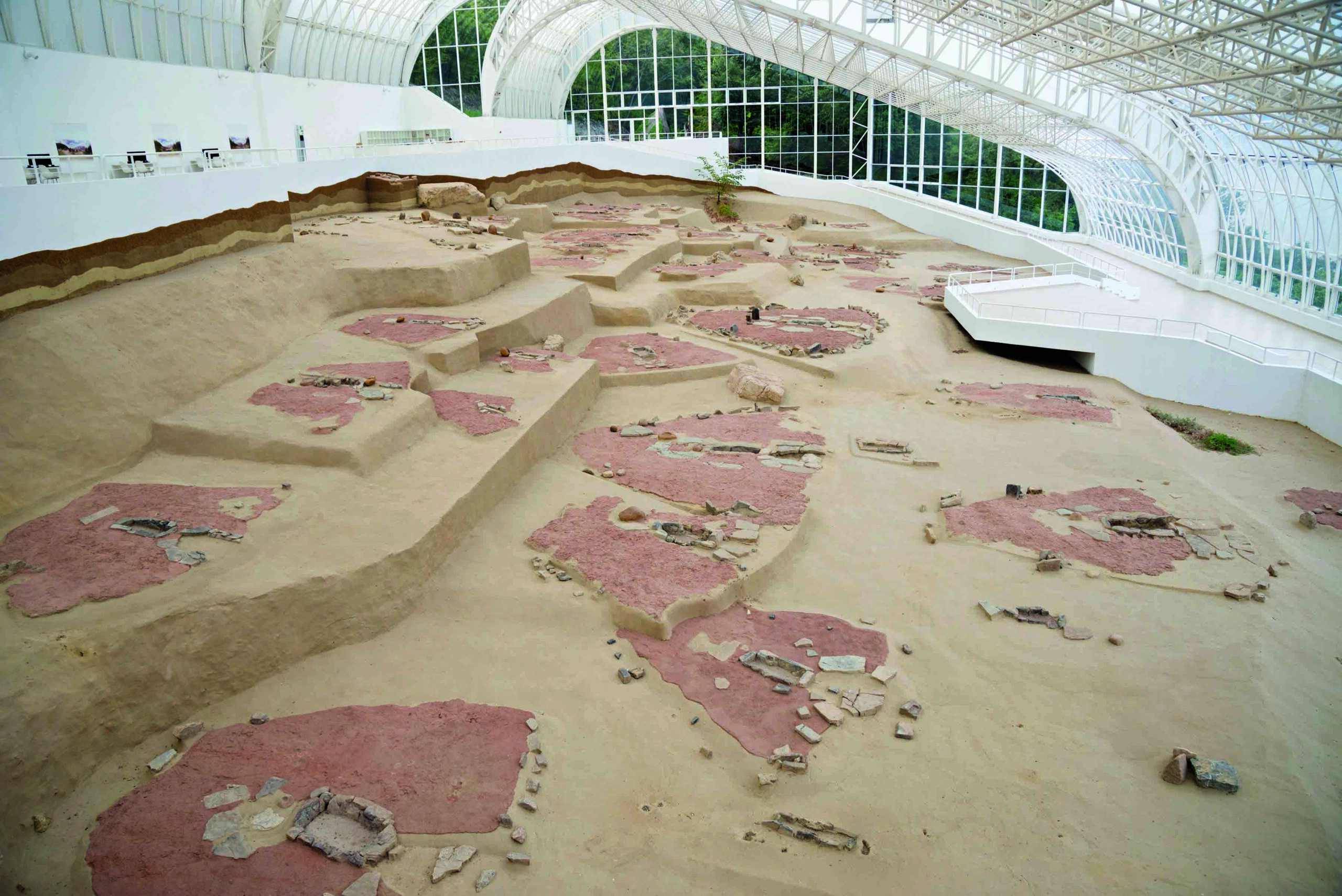
-
Features September/October 2025
Spirit Cave Connection
The world’s oldest mummified person is the ancestor of Nevada’s Northern Paiute people
 Howard Goldbaum/allaroundnevada.com
Howard Goldbaum/allaroundnevada.com -
Features September/October 2025
Here Comes the Sun
On a small Danish island 5,000 years ago, farmers crafted tokens to bring the sun out of the shadows
 Courtesy the National Museum of Denmark
Courtesy the National Museum of Denmark -
Features September/October 2025
Myth of the Golden Dragon
Eclectic artifacts from tombs in northeastern China tell the story of a little-known dynasty
 Photograph courtesy Liaoning Provincial Museum, Liaoning Provincial Institute of Cultural Relics and Archaeology, and Chaoyang County Museum
Photograph courtesy Liaoning Provincial Museum, Liaoning Provincial Institute of Cultural Relics and Archaeology, and Chaoyang County Museum -
Features September/October 2025
Remote Sanctuary at the Crossroads of Empire
Ancient Bactrians invented distinct ways to worship their gods 2,300 years ago in Tajikistan
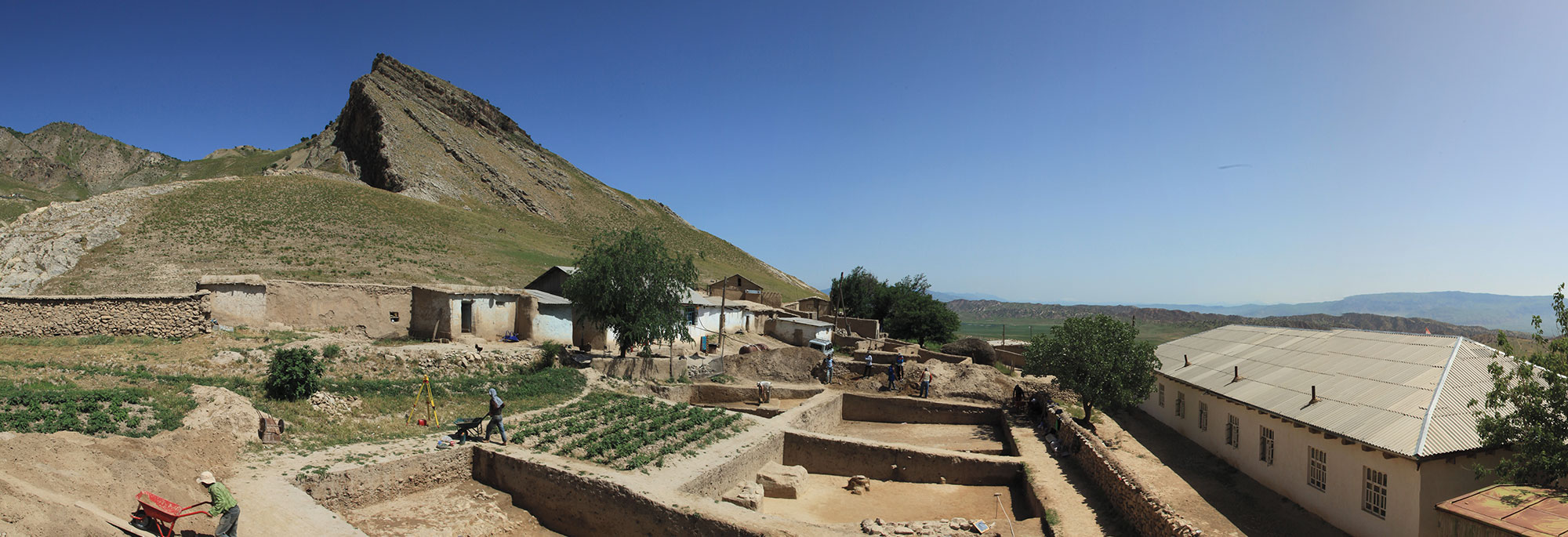 Gunvor Lindström/Excavations supported by the German Research Foundation
Gunvor Lindström/Excavations supported by the German Research Foundation


